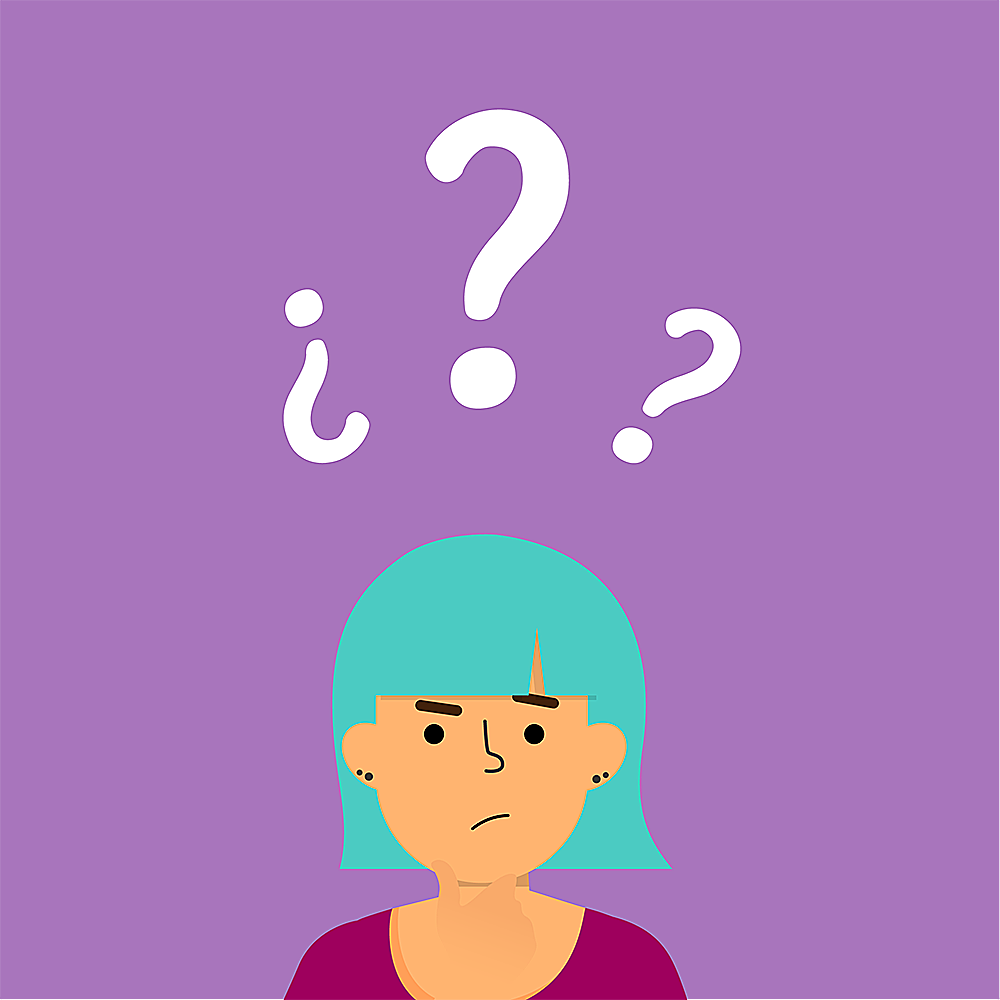Mon, 03 Aug 2020 16:00:16 +0000
There are many stages to publishing a book. You have to write the manuscript, go through multiple rounds of editing, do marketing and publicity for its publication, and of course, it has to be designed. In the world of self-publishing, all this planning and work falls on the author, which, to some, is a great position to be in as it gives them complete autonomy over the entire process. However, this also means that, unlike working with a traditional publisher, the cost of these also falls to you—and it can start to add up very quickly. This leads to having to make some tough decisions and prioritize certain parts of the process over others.
One piece of advice given to authors to help them save money is to lay out and format their book in Microsoft Word as opposed to something like InDesign or hiring a professional book designer.
I can see the appeal of this. Word is a program that is familiar to most of us, especially if you’re a writer. It’s a lot cheaper than InDesign, which is a more professional tool that is also very technical and has a steeper learning curve.
However, there are many reasons why Microsoft Word isn’t the best tool for this kind of work. So, before you commit to doing all that work in this program, here are a few things you should take into consideration.
First: Word can be very difficult to control. If you have a book with elements like images, graphs, sections, etc., it’s difficult to get them to sit exactly where you want. You get very little precision when it comes to design and placement, which leaves a lot of room for mistakes. Some are small, but others will impede the readability of your book.
Second: Word has limited options for customization. With Word, you have a limited number of fonts you can work with to truly customize your work and make it stand out. While you can download custom fonts and use them, only system fonts will transfer over from one person to the next. So, all that work you put into your layout with all of your customization will disappear when you hand over the file to someone else and transfer it to another computer, as there’s no way to embed or package these elements to prevent this from happening. There’s also the issue of version compatibility. Since each version of Word is so different, chances are your design will not transfer over to the latest version.
Third: Word is not set up for print production. Currently, there are no options for setting up bleeds, no control over spreads, no way to package files, and Word also works in RGB as opposed to CMYK (the print color mode). All these seemingly small details can cause so many problems when you go to print as they can cause things to be off-center, your colors to be off, or your fonts to go missing, just to name a few potential snags. While there might be some workarounds for these, from what I’ve seen they don’t always work out, so there is no real solution.
These are just a few of the reasons why you wouldn’t want to use Word for layout and design. If you’re doing something very simple and straightforward that you’re not looking to put into the consumer market, then I see why this would be a good option for you. But if you’re going for something that looks professional and enhances the reading experience, Word is not going to be your best option for that.
While it may seem like the interior design of a book isn’t quite as important, it’s actually one of the key pieces that brings your book to life. Think about it: your reader interacts with the interior design of your book just as much as the story itself. How they gain access to the story is through its design. If your book isn’t laid out correctly and efficiently, the reader can’t get to the story, which will affect their experience and overall perception of the book.
Whether you want to invest in the interior design of your book is entirely up to you, what your goals are, and what you want from your publishing journey. As a book designer, I am a bit biased, but I also understand that designing a book is a lot more than just putting words on a page and picking a nice font. There are so many rules and finer details that make your book legible and something that readers want to look at, even at a subconscious level.

